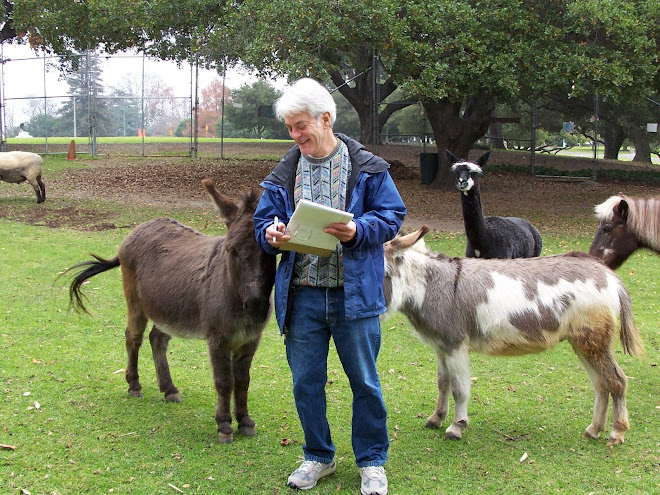Predictably, President Obama tried
to meet Senate Republicans halfway by nominating a man for the Supreme Court
that they would approve unanimously if he had been appointed by a Republican:
Merrick Garland, chief judge of the Court of Appeals for the District of
Columbia (the second-highest court in the land), a man with a strong
law-and-order record, a willingness to defer to the other two branches, and a
collegial personality that makes all his colleagues feel they've been treated
fairly.
And, just as predictably, the Republicans
announced that not only will they not support Garland, they won't even meet
with him, much less allow him an up-or-down vote. Their excuse is that they
want the next president – presumably, President Trump – to make the
appointment, instead. They say they want the voters to decide.
Problem is, that's not what the
Constitution provides. Nowhere does it say presidents lose the power to appoint
judges in the last year of their term. In fact, one third of our presidents
have made lame duck appointments to the Supreme Court, and the Senate has
approved almost every one of them.
The most recent case was in 1988,
when President Reagan nominated Anthony Kennedy. And the Democratic-controlled
Senate confirmed him by a vote of 97-0.
But the most dramatic occasion
occurred in 1801, when President John Adams, who had been defeated for
re-election two months before – talk about the voters having their say! - kept
appointing judges up to the day he left office, and the Senate kept approving them.
His opponents were furious and called
the lame duck appointees "Midnight Judges," but there was nothing
they could do because that's what the Constitution mandates. The president is
president until the moment his successor is sworn in, and until then he has all
the power he always had, including the power to nominate judges. The Senate
doesn't have to confirm them if they don't want to, but they still have to do
their Constitutional duty and give the president's nominee a vote, one way or
the other.
The most famous of those Midnight
Judges was Adams' nominee to succeed Chief Justice Oliver Ellsworth, who was in
poor health. He first offered the job to former Chief Justice John Jay, who
declined on
the grounds that the Court lacked "energy, weight, and dignity."
Jay's letter declining the appointment
arrived on January 20, and time was running short. So Adams picked his own
Secretary of State, instead. The new guy was confirmed on February 4, only a
month before the incoming president, Thomas Jefferson, was due to be sworn in.
He served for 34 years, the longest tenure of any Chief Justice in history
His name? John Marshall, the
greatest judge of all, whose life-sized statue is the first thing you see when
you enter the Supreme Court Building. He was the man whose ruling in Marbury v. Madison established the right
of the Supreme Court to decide a law's Constitutionality, elevating the Court
to co-equal status with the other two branches of government. Years later, Adams
wrote, "My gift of John Marshall to the people of the United States was
the proudest act of my life."
Maybe the Republicans shouldn't be so
quick to dismiss Judge Garland without a hearing, after all.















